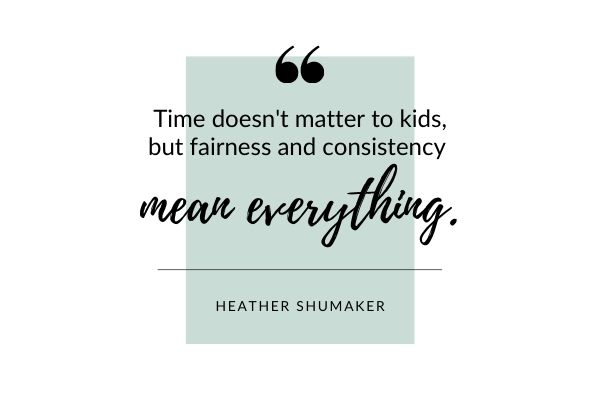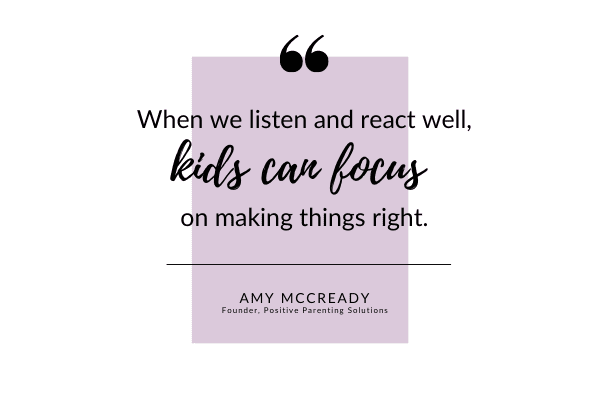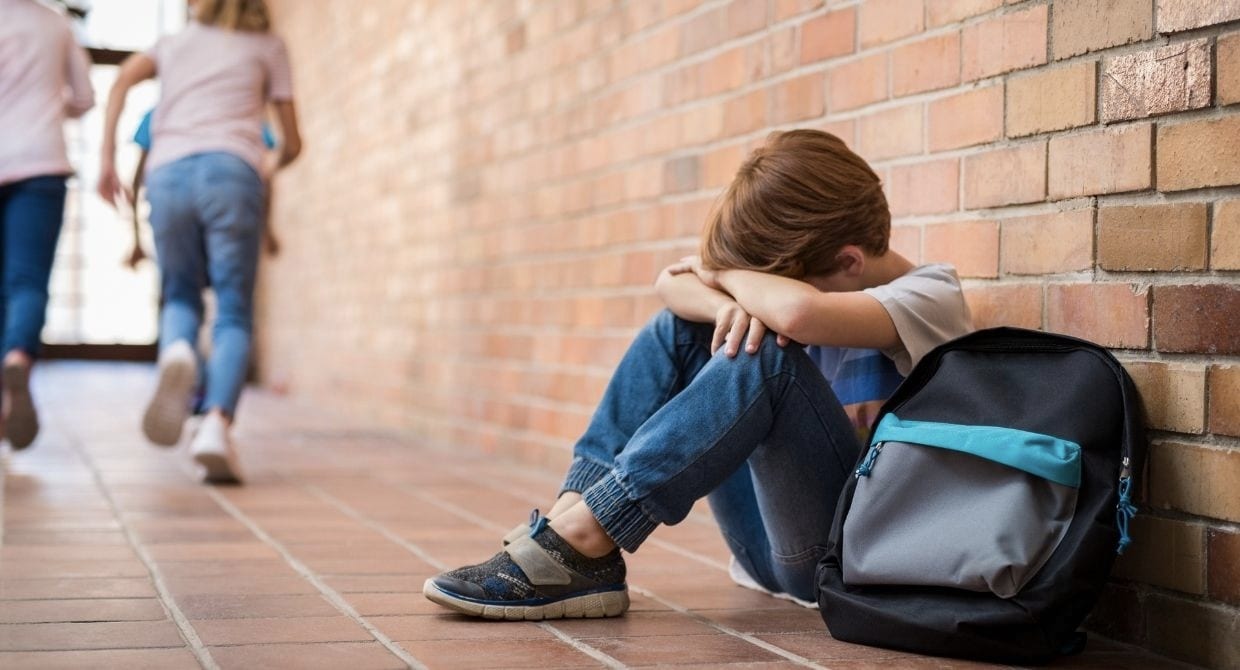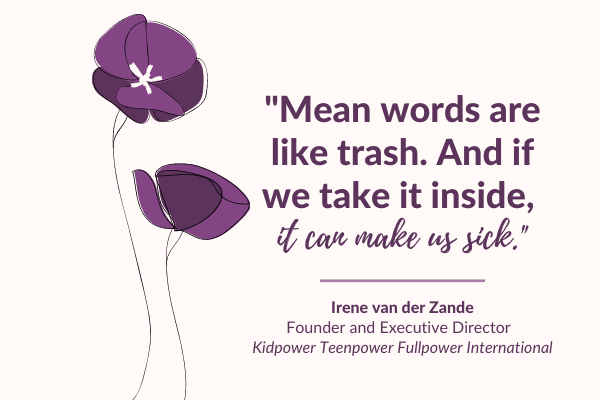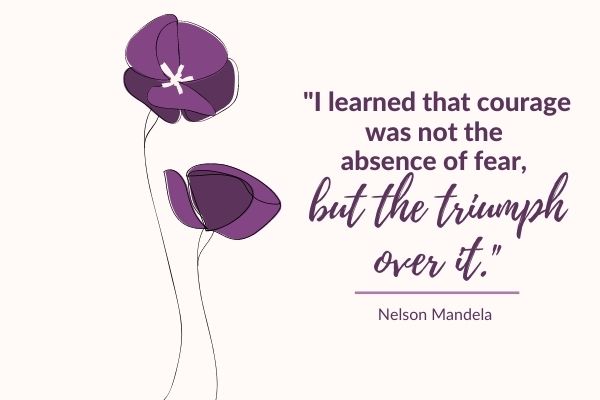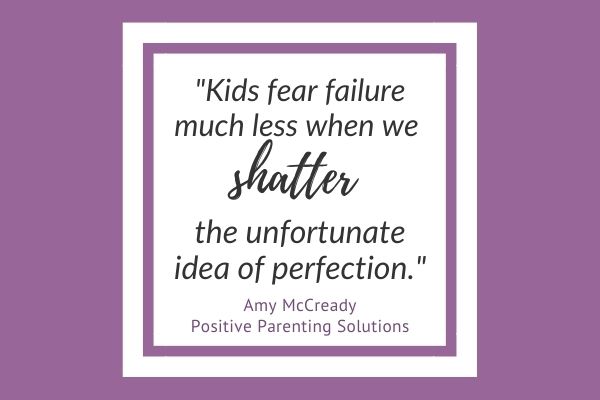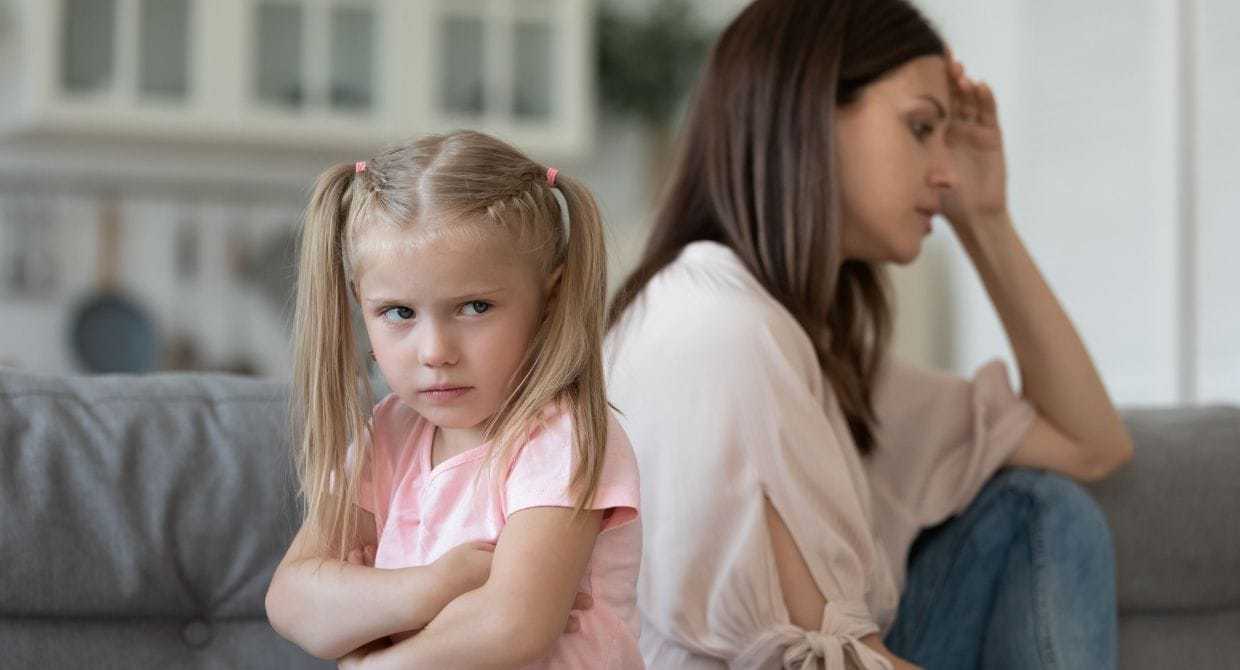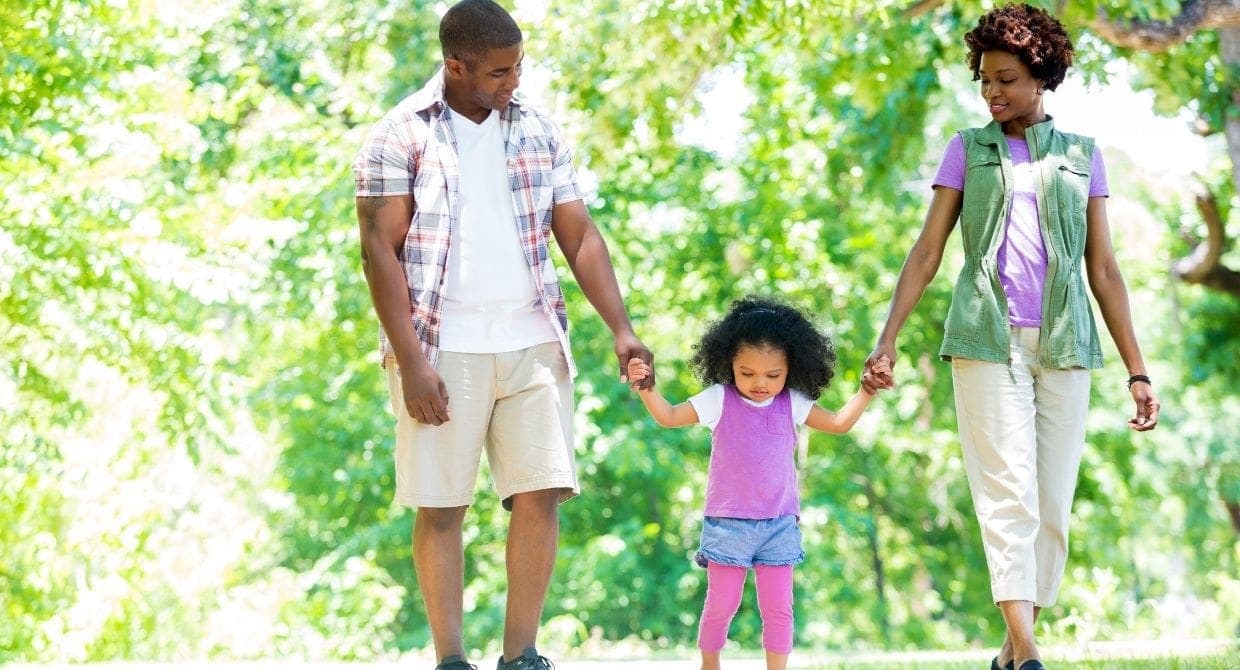

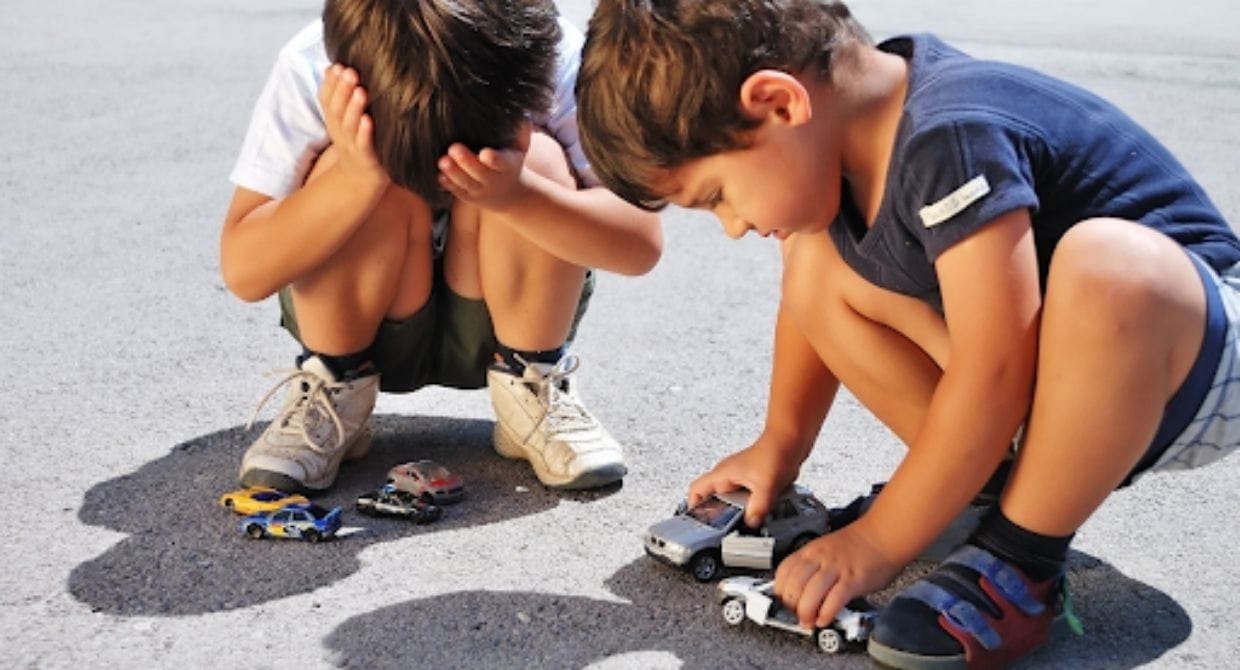
Sharing is caring.
It’s a phrase you may have heard your kids say after preschool or a play date. Maybe you’ve said it yourself.
Every parent knows that kids have strong inclinations towards possession. They are born curious and love the concept of exploring and collecting more.
So naturally, toys are enticing–especially the ones in another kid’s hands!
That’s why parents dictate sharing so early and so often. We want kids to practice compassion and consider what other children might want or need. We ask them to share their toys and appease other children in the spirit of kindness and good manners (and to maintain the playground peace).
(Check out our FREE List of Encouraging Words to inspire your kids’ confidence and good intentions!)
And often, kids begin demanding other children’s toys as if they own them. They shrewdly hoard items like pirates stockpiling gold. They even expect you to share the ice cream you’ve waited all day to enjoy.
Sharing is caring, you consider, while carefully guarding your dessert. Just not when it isn’t authentic.
There’s a big difference between making kids share and encouraging kids to share. And according to author Heather Shumaker, that distinction is critical.
Based on her book It’s OK NOT to share…and Other Renegade Rules for Raising Competent and Compassionate Kids, Shumaker makes the case that sharing should be genuine. It shouldn’t be done begrudgingly or on demand. It needs to be self-inspired. And its rewards play out long-term–not just in the heat-of-the-playground moment.
Want the full (ice cream) scoop? Here are 3 progressive ways to inspire lifelong generosity in your kids by saying, “It’s okay NOT to share.”
1. Forget Forced Sharing
Envision your son at the playground, playing with his toys. Another boy eyes his red, shiny Hot Wheels car. He follows your son around, demanding, begging, and pleading to play with it.
Many parents observing this scene might say, “It’s time to share the car. You’ve had a chance to play with it, but that little boy would really like to play with it for a few minutes, too.”
Sharing is about giving. It’s about kindness. The problem is, it’s often wrapped in the idea kids have to oblige someone at a moment’s notice.
Your son was busy playing, either lost in an imaginary world or just minding his own business, and is suddenly asked to stop because someone else wants the same toy. Why?
According to Shumaker, this child doesn’t learn to be generous. He just “learns that sharing feels bad.”
Plus, “in reality,” Shumaker states, “it’s the parents who are sharing, not the kids.”
Even more ironic is that adults aren’t expected to do this.
Shumaker paints the perfect example: “Imagine being busily engaged with your smartphone. Suddenly, someone insists you hand it over, maybe even taking it from you. ‘I need to text a friend,’ he says.”
Sure, it could be an emergency. But wouldn’t your immediate reaction be anger, suspicion, and less desire to help?
Forced sharing builds resentment. It makes sharing annoying. It doesn’t teach generosity; it stifles it.
As Shumaker summarizes, “We might gladly lend our phone to a friend or even a stranger, but we want them to wait until we’re done. The same should apply to kids.”
Don’t Worry About Placating an Impatient Child
Children can make a big scene. Toddlers have tantrums over the simplest of toys. Entitled kids demand what they want exactly when they want it.
It’s intimidating, and it can turn even the sunniest, grassiest playground into a made-for-TV drama.
But don’t give in. An impatient child needs to learn to wait.
Shumaker explains: “Learning to control behavior and express intense feelings appropriately is one of the main jobs of early childhood. Impulse control (waiting for a toy and not grabbing) is vital to brain development and gets stronger through practice.”
Turn-taking provides those opportunities.
Most kids are already overloaded with toys. Many are accustomed, more so than previous generations, to instant gratification. If anything, they require more practice in waiting patiently.
Making them wait is worth the scene and the frustration. The more opportunities they have to practice, the easier that wait becomes.
The key is to avoid forced sharing but to do so in a courteous, non-confrontational way. Because it’s often an idea that other parents, kids, and teachers are unfamiliar with.
Read on for exactly how to do that!
2. Emphasize Child-Directed Turn-Taking
Imagine the same preschool or playground battle with the coveted car. Instead of stating, “You have two more minutes to play with the car before I’ll ask you to share it,” encourage your child to say:
“You are welcome to play with it when I’m finished.”
Shumaker coins this child-directed turn-taking. Its emphasis “teaches positive, yet polite, assertiveness.”
We can encourage kids, through child-directed turn-taking, to respect themselves and establish limits.
As Shumaker reminds us, how many of us as adults have trouble saying “no” to things we don’t want to do or commit to?
Instead, we can increase fair treatment and satisfaction by allowing children to make their own sharing choices.
Still, to help a child desperately wanting a turn, you can teach her to ask courteously, “Can I please have a turn with that when you’re done?”
The “when you’re done” part of this phrase is key–it reminds everyone that turns last until the turn-taker is done (but that everyone will eventually get the same opportunity).
Shumaker suggests we further iron out the turn-taking process with the following phrases:
For the Turn-Taking Child
– You can play with it until you’re all done.
– Are you finished with your turn? If not, then you can say so!
– Did you like it when he grabbed your truck? You can tell him to please stop.
– Say: “I’m not done. You can have it when I’m done.”
For the Waiting Child
– Oh, it’s so hard to wait!
– You can be mad, but I can’t let you take the toy.
– You’ll have to wait. I can’t let you take it out of her hands.
– I see Ella still has the pony. She’s still using it.
– It’s Ella’s turn right now. When she’s done, then you can have a turn.*
*Pro Tip: Have you tried the When/Then tool? It applies to limitless parenting situations, including waiting and sharing! Check out our article, 4 Things to Say Instead of “Because I Said So” for the 411. Or, if you’re already a Positive Parenting Solutions Member, review Step 3: Lesson 23 of the 7-Step Parenting Success System® course for a quick refresher!
Additionally, Shumaker suggests making a Waiting List. Head to the park with a notebook or clip board for all the kids to see. When they finish their turns, they can cross their names off the list.
Visual reminders like these are as helpful for kids as they are for adults (we’re always relieved to know when our number is next in line at the DMV or our name is next up for a dinner table.)
Even Long Turns Are Okay
Here’s the cold, hard truth: If your child determines the length of his turn, it might be a few seconds or a few hours.
No one else will get a turn, you might worry. Won’t that be rude?
Absolutely not! Long turns are completely reasonable. Continued, focused play allows kids to hone their interests, practice skills, and work on concentration. It signals a great attention span, rather than forcing kids every few minutes to think, “Okay, what’s next?”
Kids also take longer turns when they anticipate forced sharing. They hold on to toys just to stay in control. Or, they may be testing your earlier promise when you said, “let’s go to the park–you can play with your toys all afternoon!”
If your child hoards toys ‘just because,’ she likely doesn’t trust you’ll follow through.
It may be hard at first, but when another child hovers over a toy she clearly wants, calmly let that child know she’ll have to wait until your kiddo is done playing.
Sure, the anxious child will likely complain, pout, or scowl. You may feel her nearby parents, watching and listening to your every word. But trust your friendly tone and matter-of-fact statement:
“My daughter will be happy to share with you when she’s done! I don’t know when that will be, but she can let you know if you’re still here.”
Even better? Encourage your daughter to say so herself!
Even if your child has to take a break for a nap or a meal, she still gets it back afterward — until she decides she’s finished!
As Heather Shumaker states, “Time doesn’t matter to kids. But fairness and consistency mean everything.”
Gradually, long turns may become exponentially shorter. Even if not, it’s okay.
Sharing Communal Items in Crowded, Public Spaces
Some scenarios require fast-paced sharing as a common courtesy.
Your kid can’t keep an entire bouncy house to himself at the neighborhood picnic. Nor can he get his face painted three times in a row at the fair while other kids are waiting.
These are situational nuances that, with our help, kids learn over time. But to explain why sharing changes based on circumstance, here are some of Shumaker’s sample phrases:
– The climber is designed for everyone.
– There are many kids here. Today, we need to take fast turns to be considerate towards others.
– At home, you can take a long turn. At the museum, it’s different.
– Your turn’s over. If you want to do it again, you need to line up and wait for another turn.
3. Encourage Willful Sharing
We can still sow the seeds of goodwill while refusing to make children share.
When a child drops a toy and moves on, remind her that other kids are waiting for a turn. Maybe she can find a waiting child and bring the toy to her. It’s a great lesson in courtesy and awareness of others.
You can also encourage a waiting child to kindly tell the other child how he feels. Kids who take long turns can learn, without guilt, that their actions impact others.
Phrases That Encourage (But Don’t Force) Sharing
While genuine sharing needs to be a child’s choice, parents can still direct kids towards this frame of mind. Shumaker suggests saying:
– Will you tell Max when you’re all done?
– I see you’re not using the truck anymore. Go find Ben. Remember, he’s waiting for a turn.
– Zoe doesn’t have to give it to you, but you can tell her how you feel.
– You can tell her you’ve been waiting all morning, and it makes you mad.
Soon enough, remembering to share will come naturally. And the moment a child willingly hands over a toy will be all the more euphoric and authentic for both kids.
This is when one child experiences the satisfaction of being kind to others. It’s when the other child realizes that a gifted turn, rather than a stolen one, is worth the wait. Both are priceless, happy feelings that kids will readily replicate.
The earlier kids learn generosity through willful sharing, the more it becomes part of their permanent character. They will tend towards compassion and gratitude for the rest of their lives. And the sooner kids are required to practice patience, the more they’ll withstand future setbacks.
Final Thoughts
It can be hard to stray from the status quo, and sharing can be a controversial subject. But if ‘normal sharing rules’ aren’t feeling quite right, don’t hesitate to find a new motto.
“To share is to care: when you’re ready and when it feels fair.”

